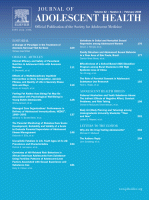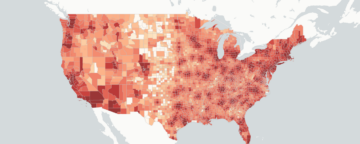Abstract:
PURPOSE: To estimate the proportion of U.S. youth that exhibits unrealistic fatalism about its future (not expecting to live past age 30), and to test predictions about risk factors for this expectation.
METHODS: Four waves of a nationally representative telephone survey from 2002 to 2005 with youth ages 14 to 22 (N = 4201) were analyzed using logistic regression to identify correlates and predictors of unrealistic fatalism.
RESULTS: Approximately 1 out of every 15 youth interviewed (6.7%, 95% confidence interval [CI] = 5.9%, 7.5%) responded that they agreed they would not live much past the age of 30. Compared to other youth, fatalists were significantly more likely to be older, male, to identify as Hispanic, and have completed the interview in Spanish. As predicted, recent experience of hopelessness was a strong predictor of fatalism. In addition, nonwhite youth who had experienced hopelessness reported increasing rates of fatalism as they aged. Fatalistic youth engaged in greater suicidal planning, had more accepting attitudes toward suicide, were less attached to religion, and were more impulsive than other youth. Approximately 43% of fatalists forecast a likely death by suicide, whereas the rest anticipated death by an outside source. Fatalists were also more likely not to stay in school.
CONCLUSIONS: Because youth exhibiting fatalism are at risk for not staying in school and suicidal planning, they should be identified at an early age for referral to programs that are effective in treating youth with hopelessness and suicidal tendencies.


